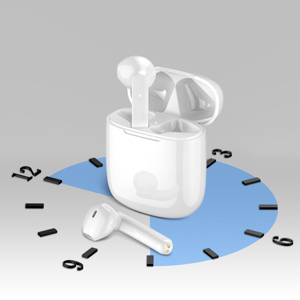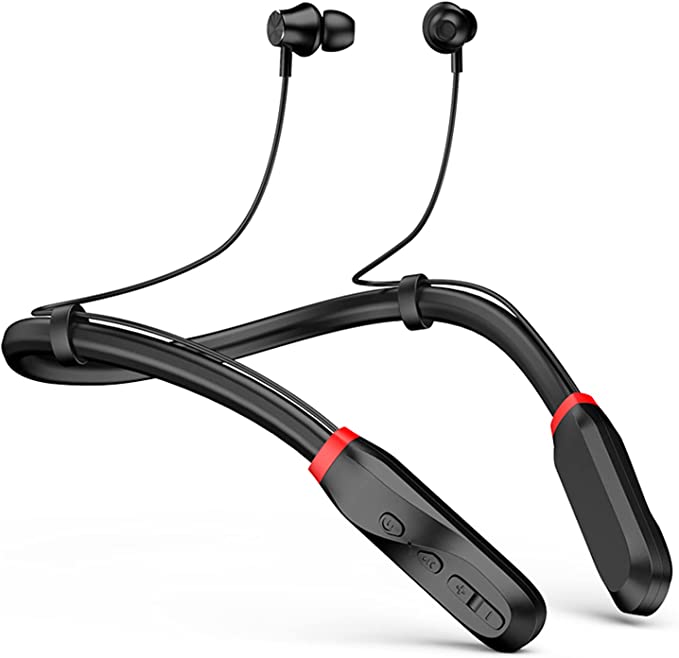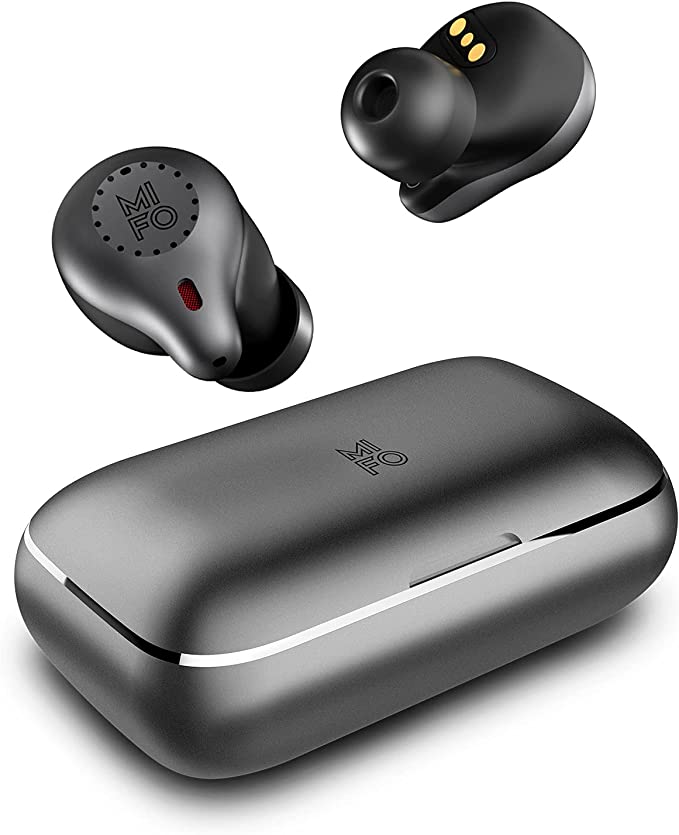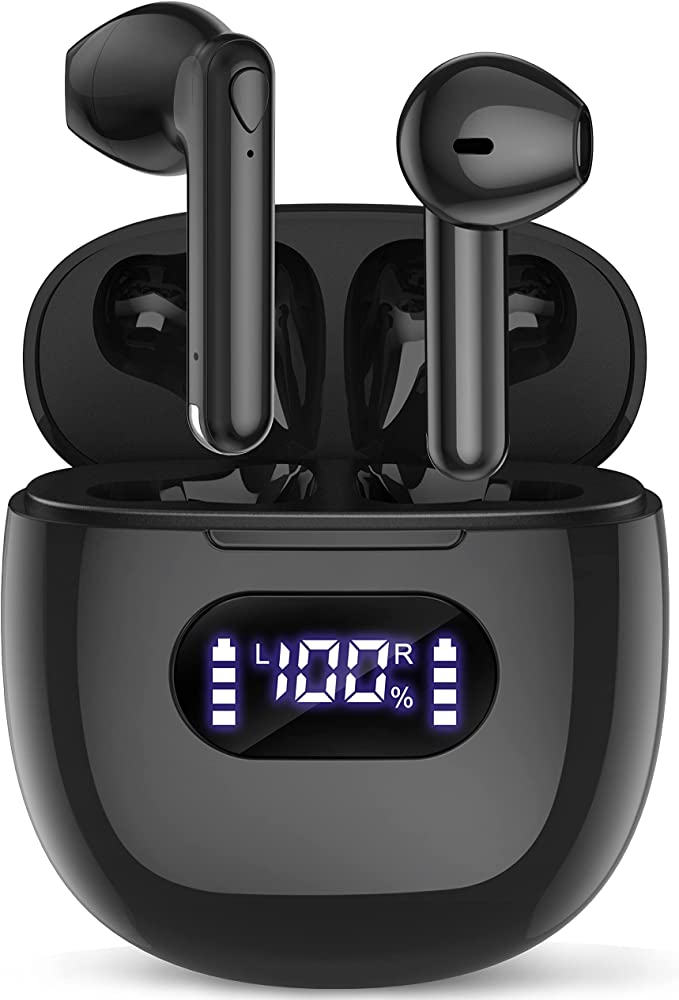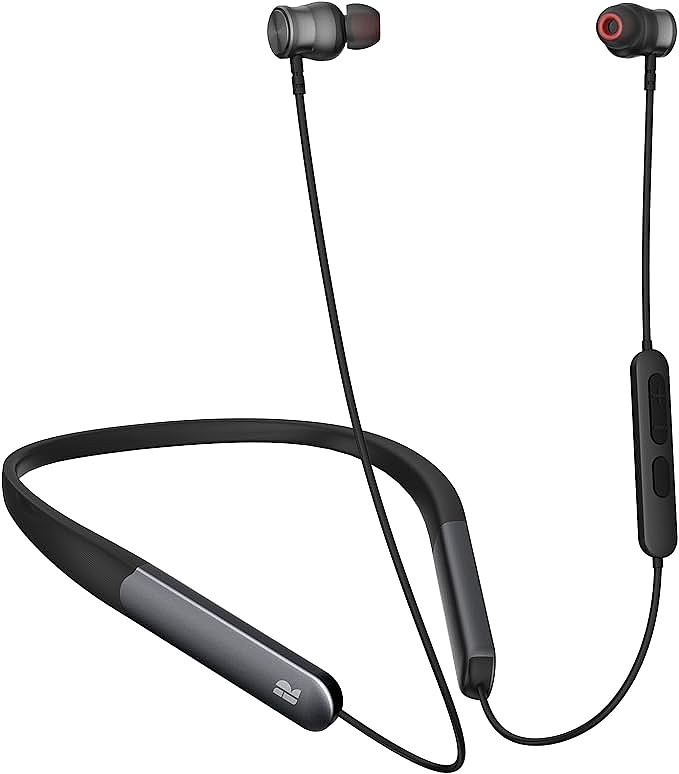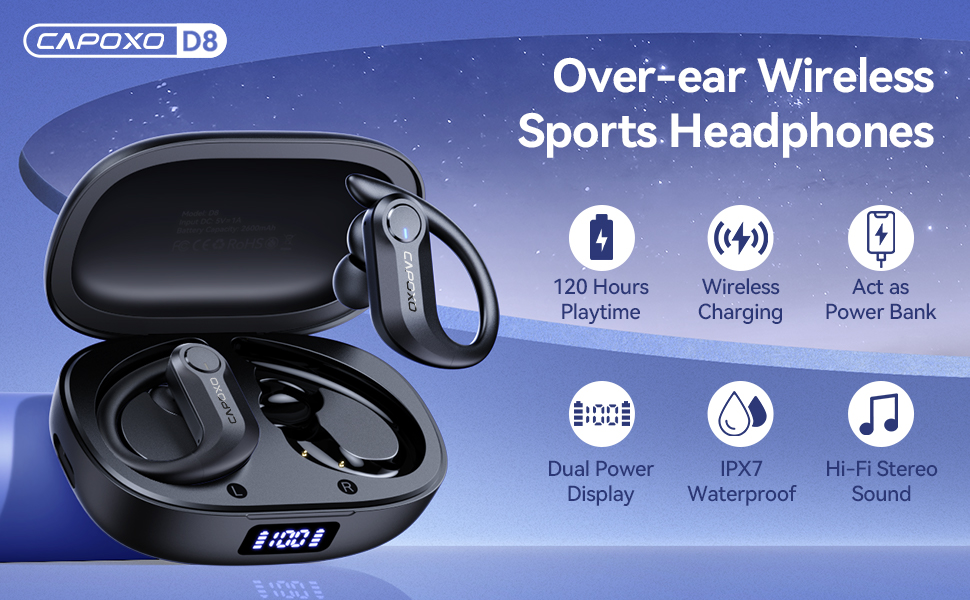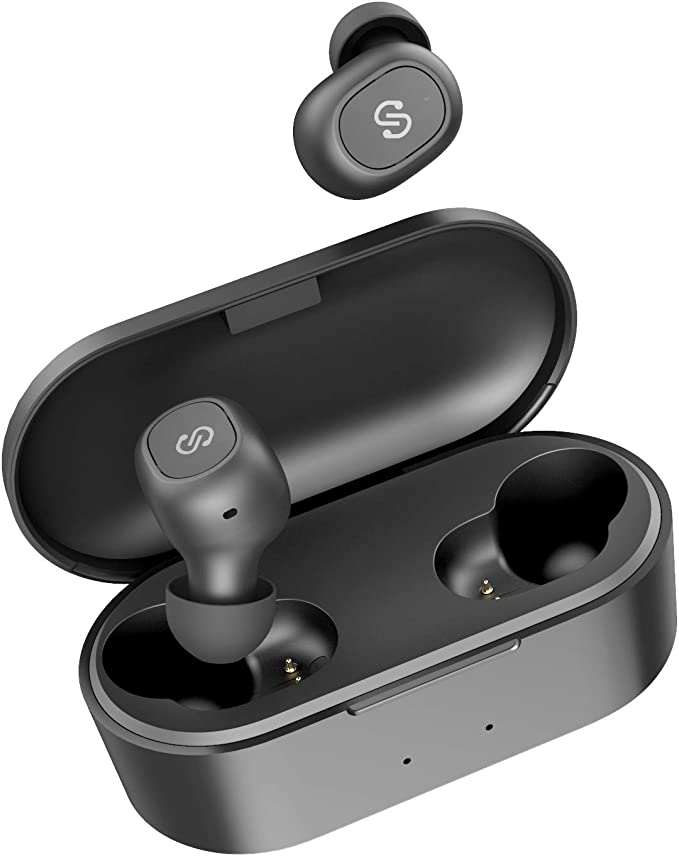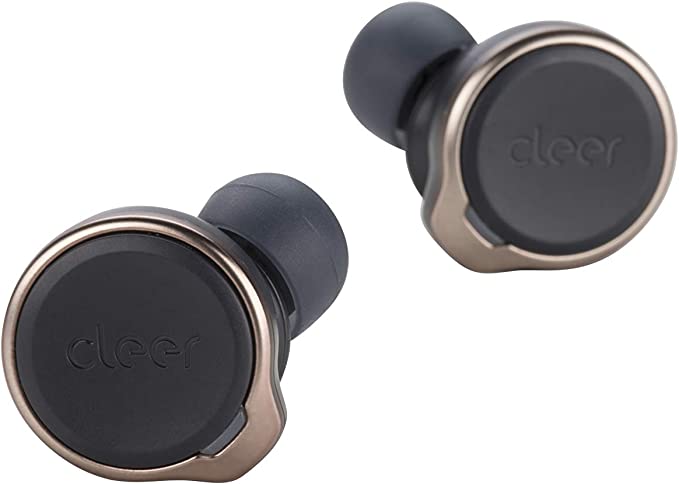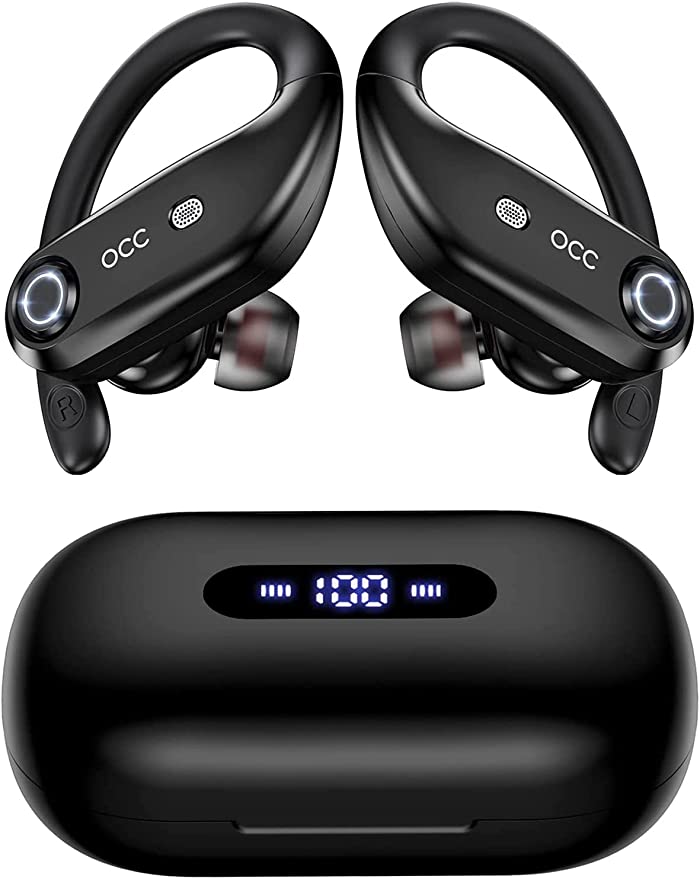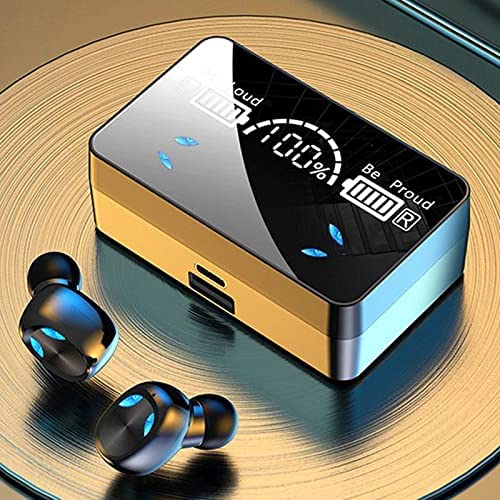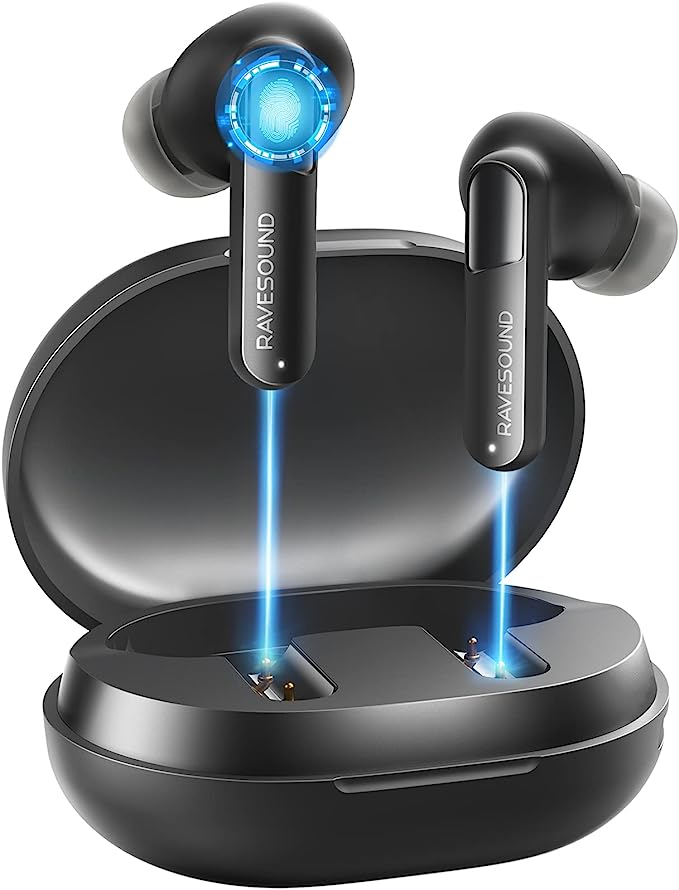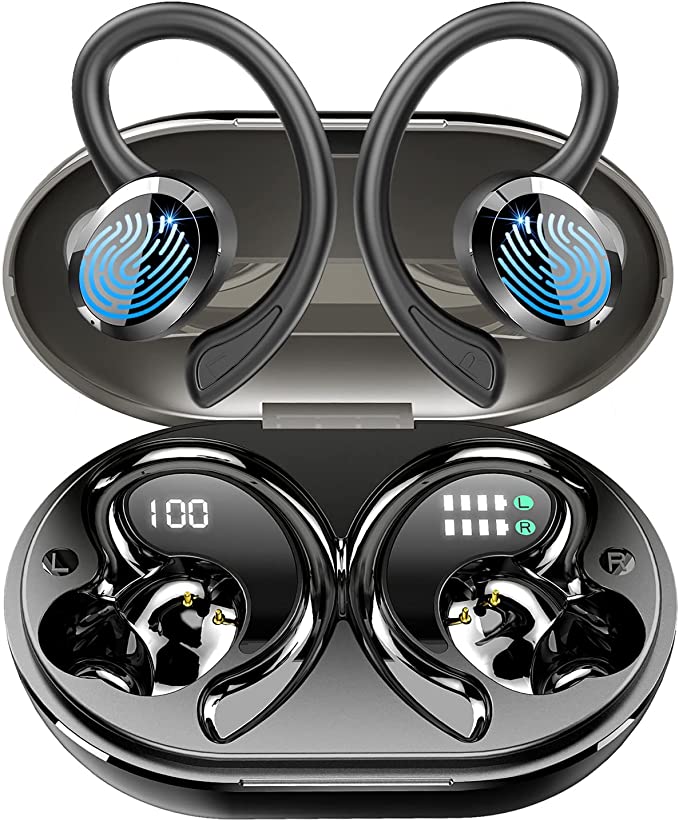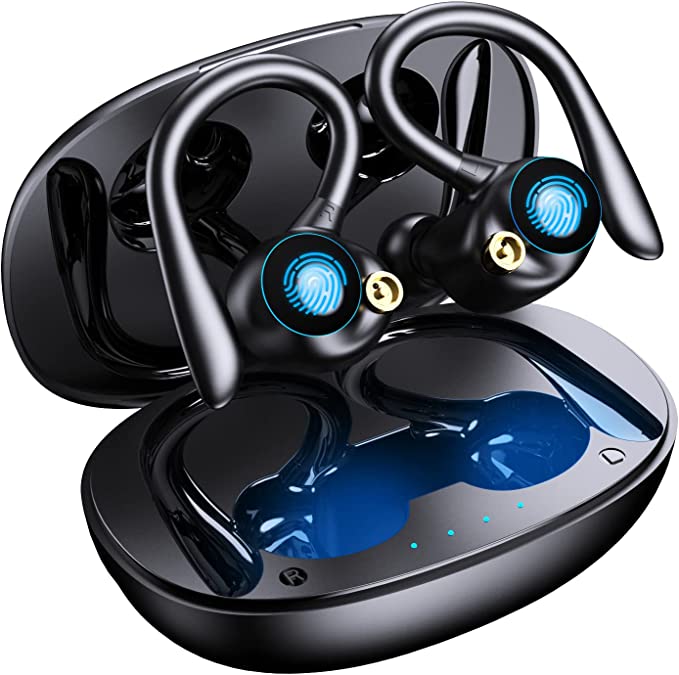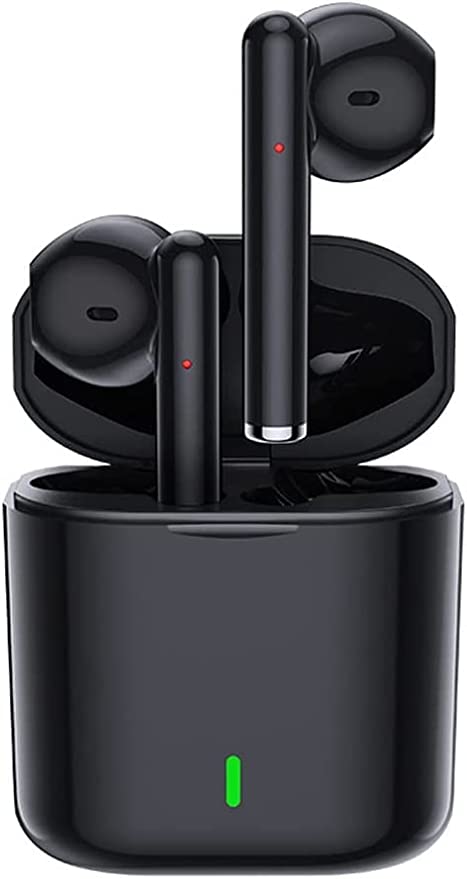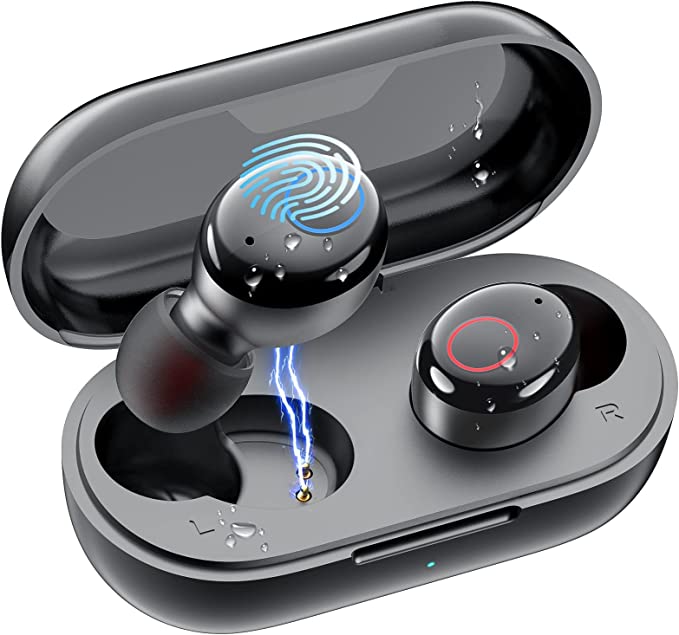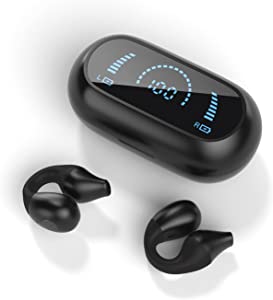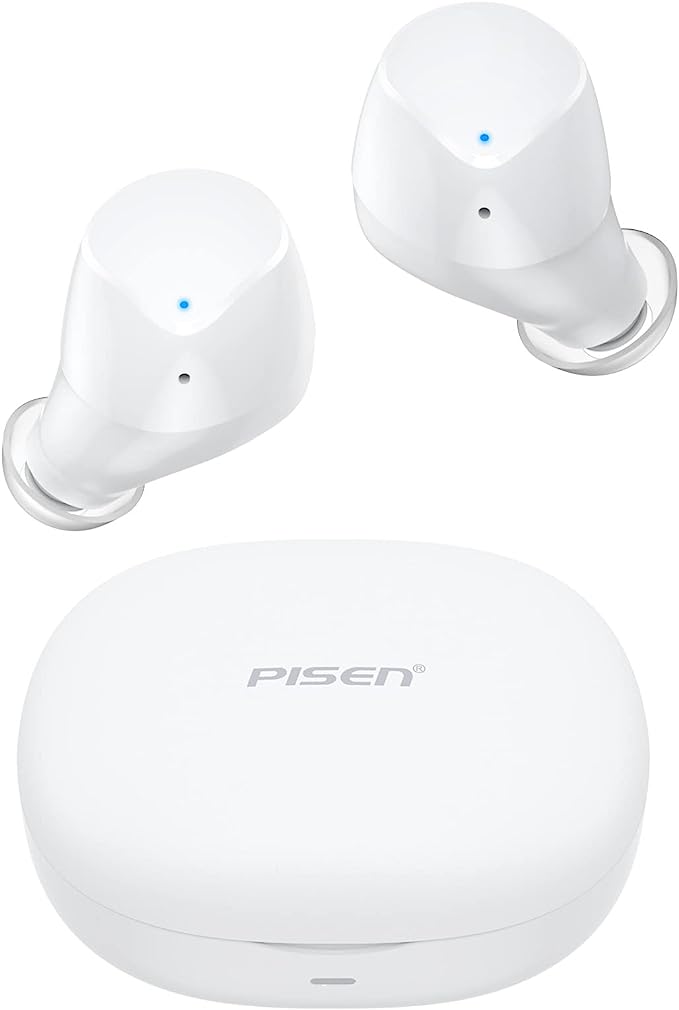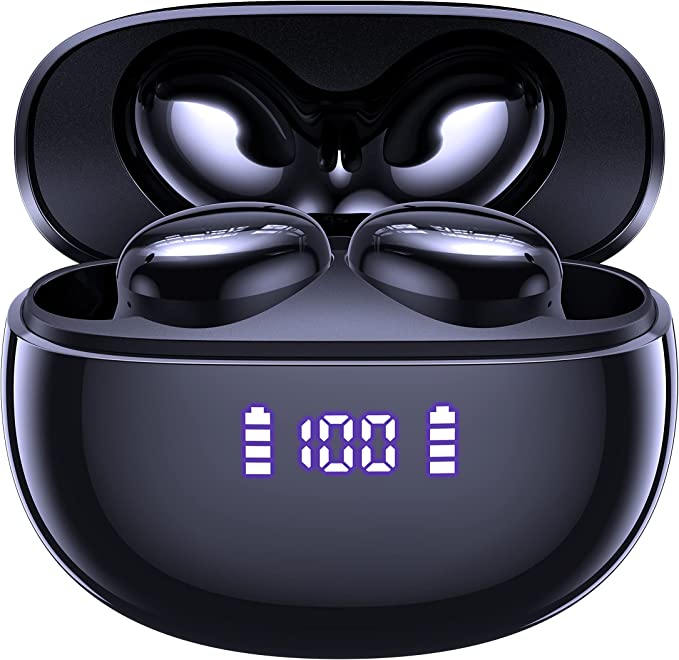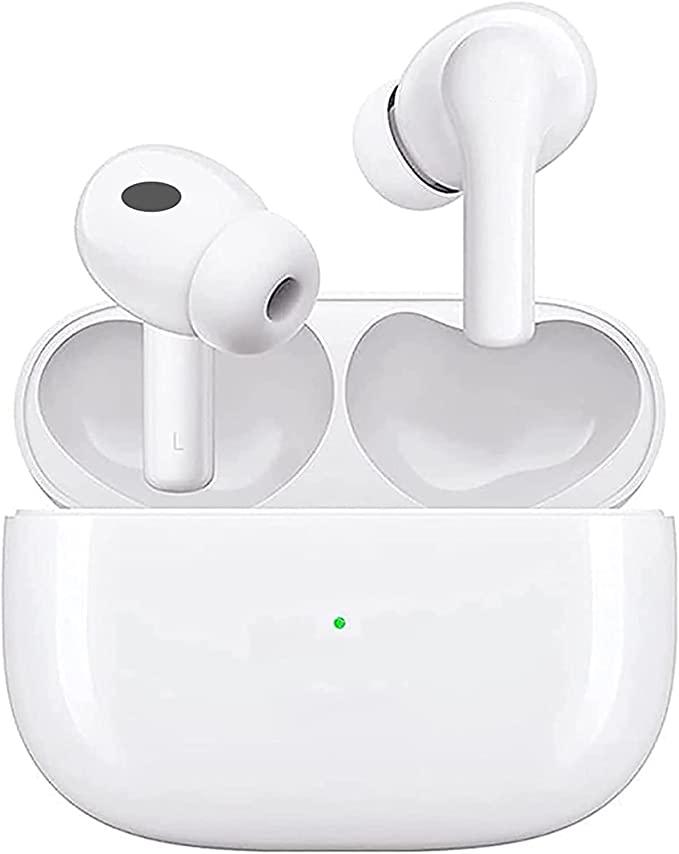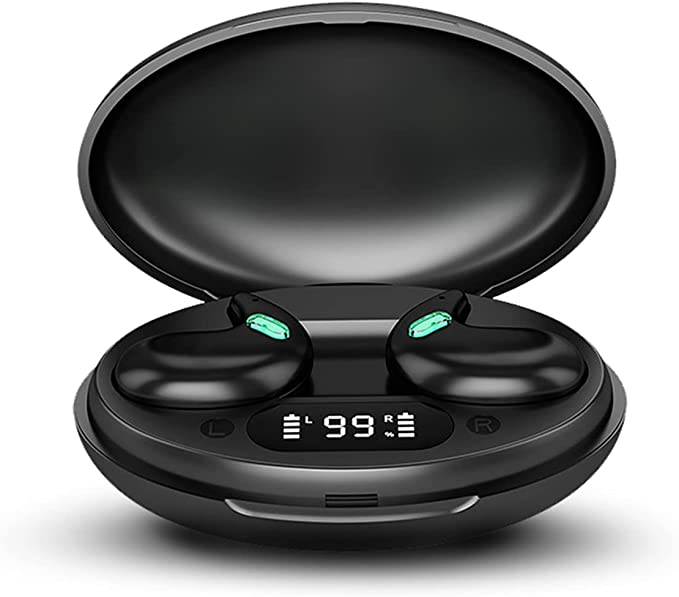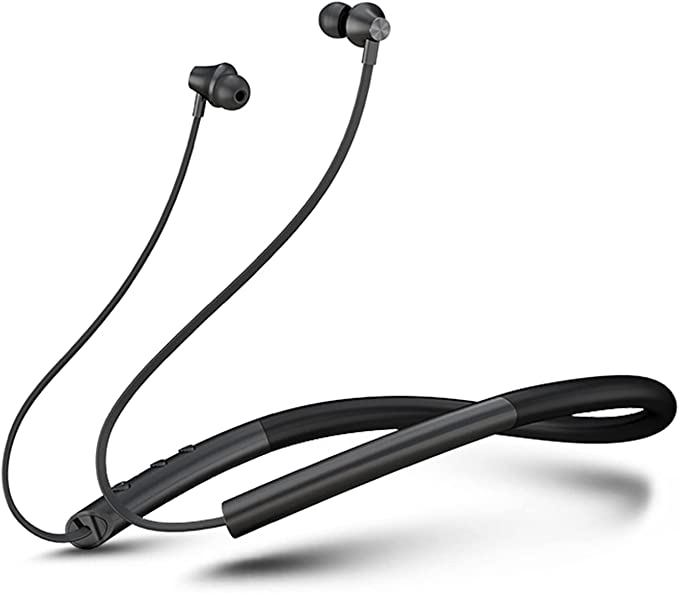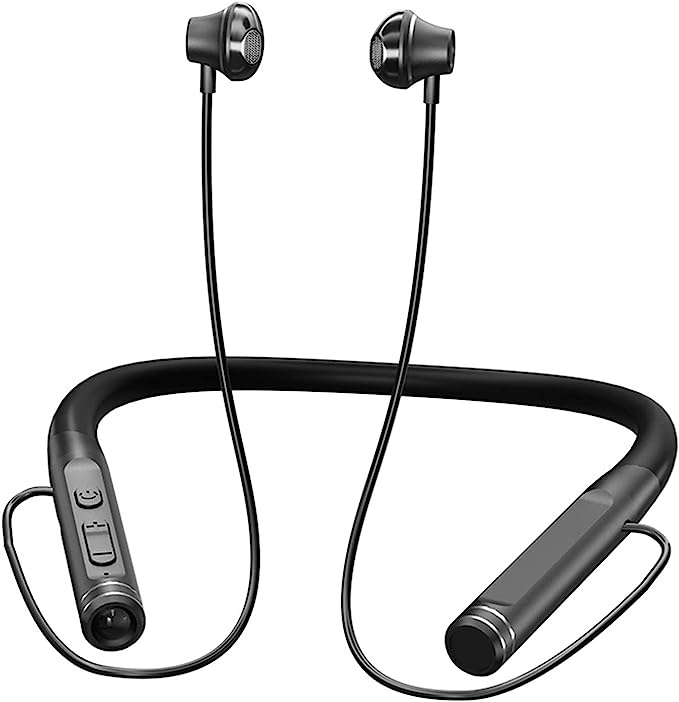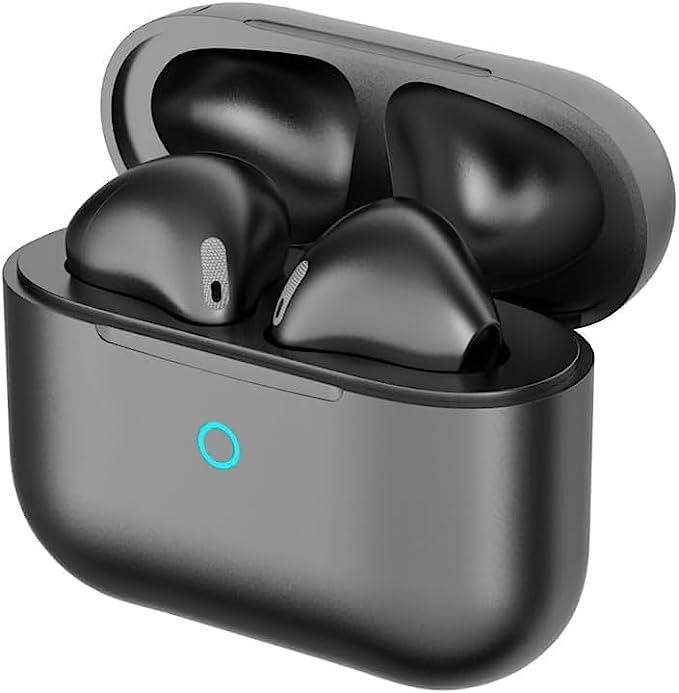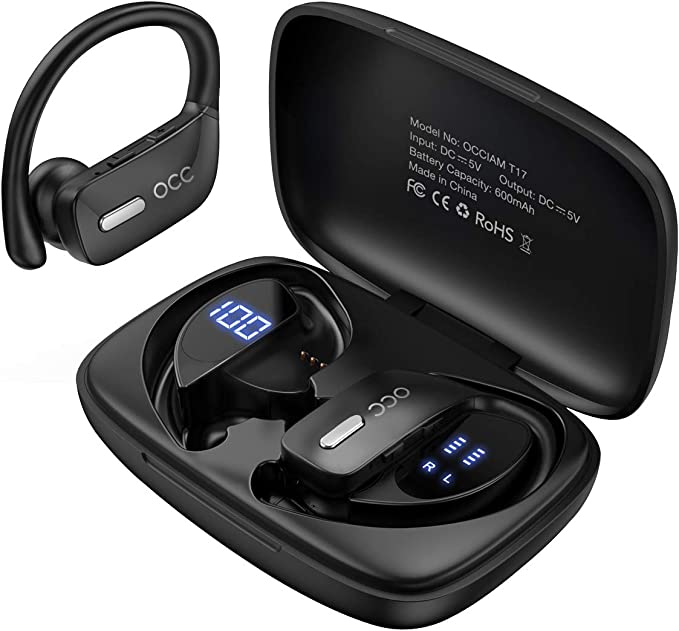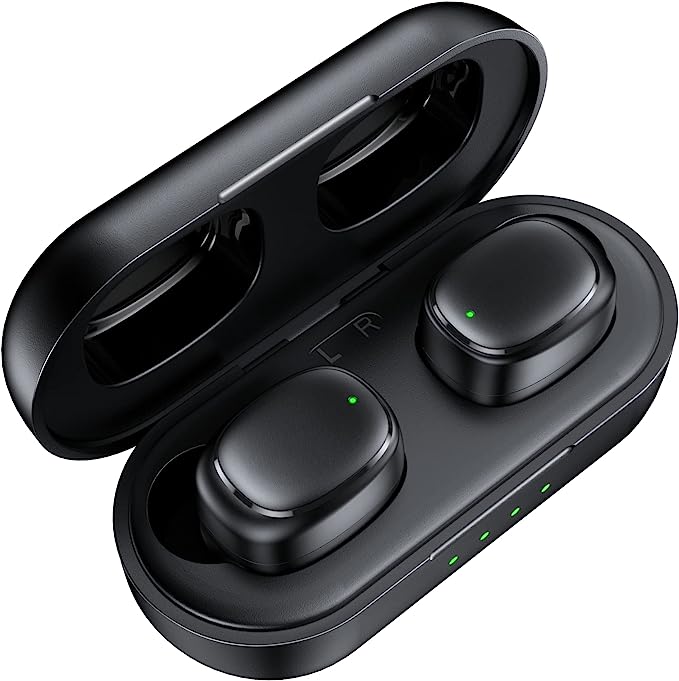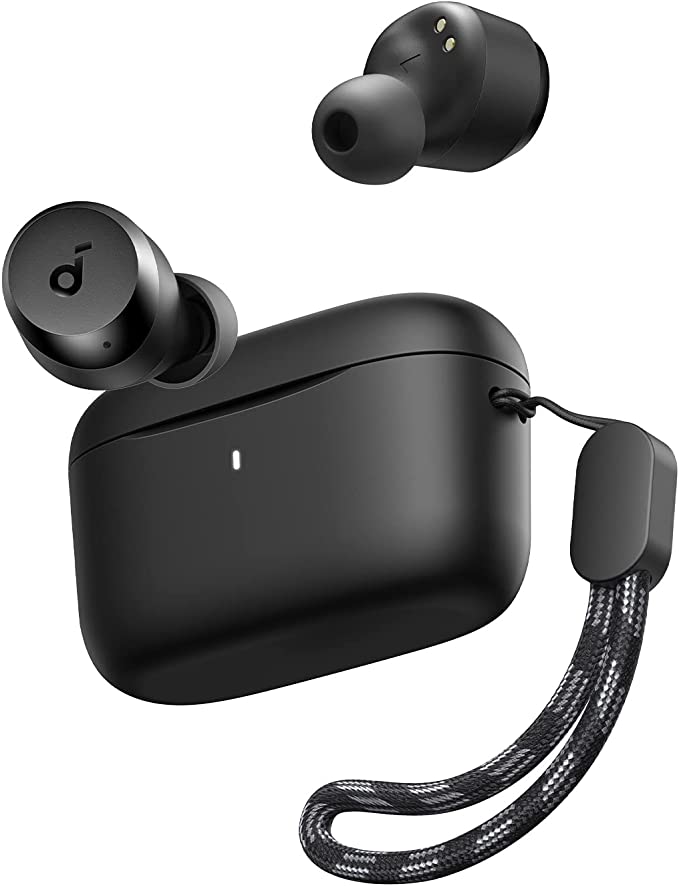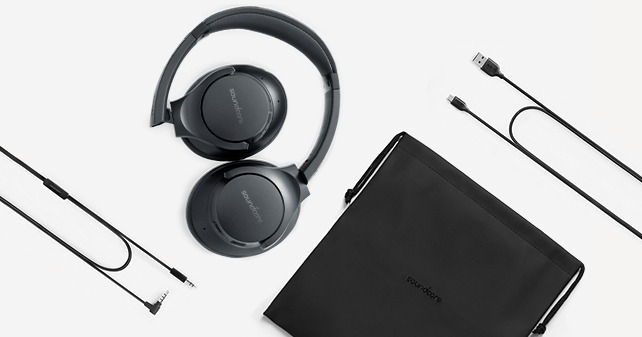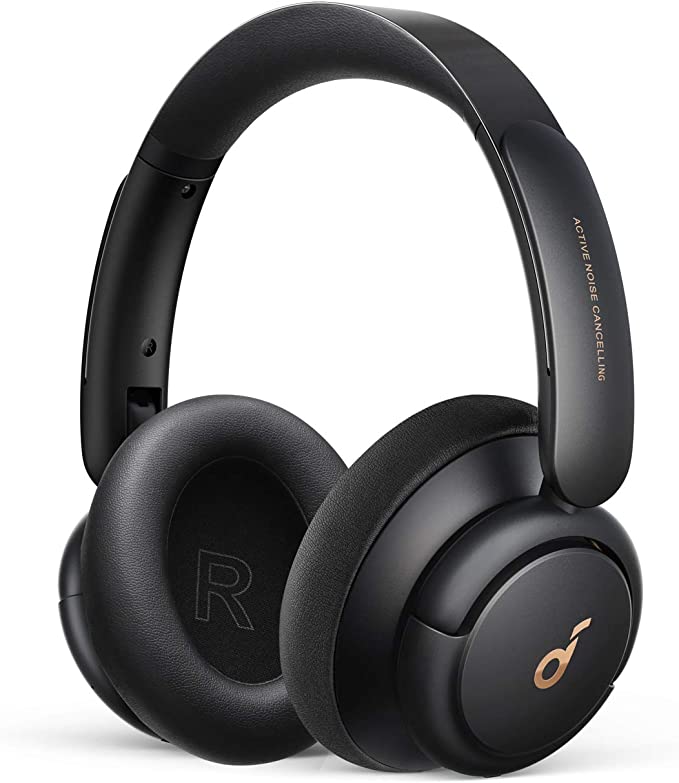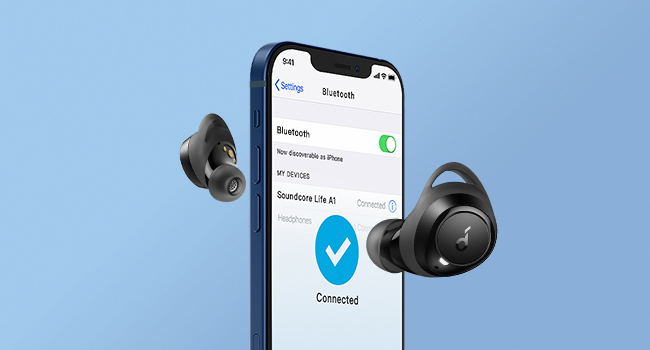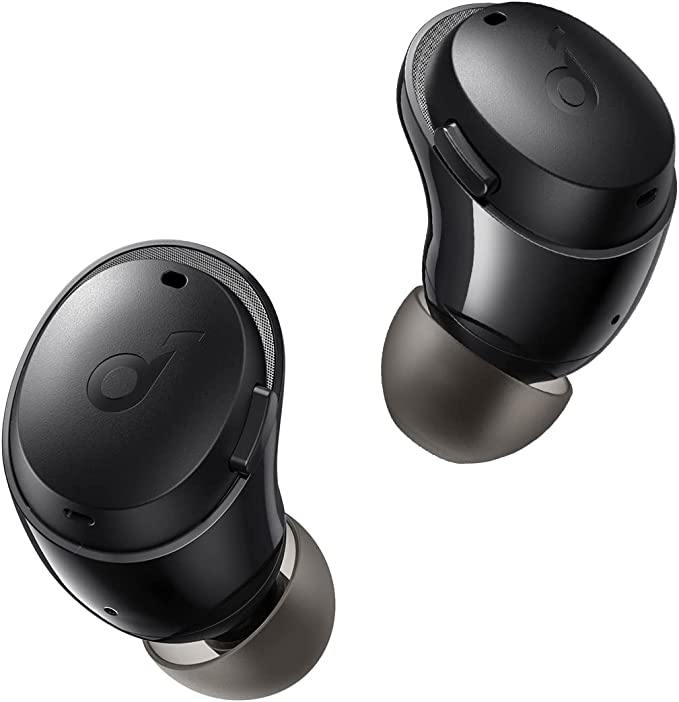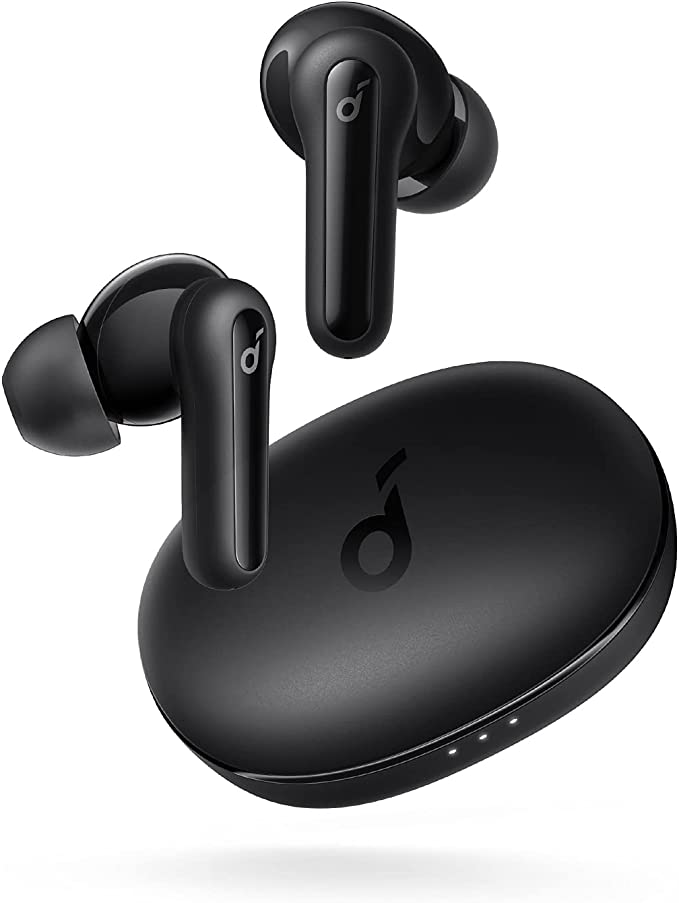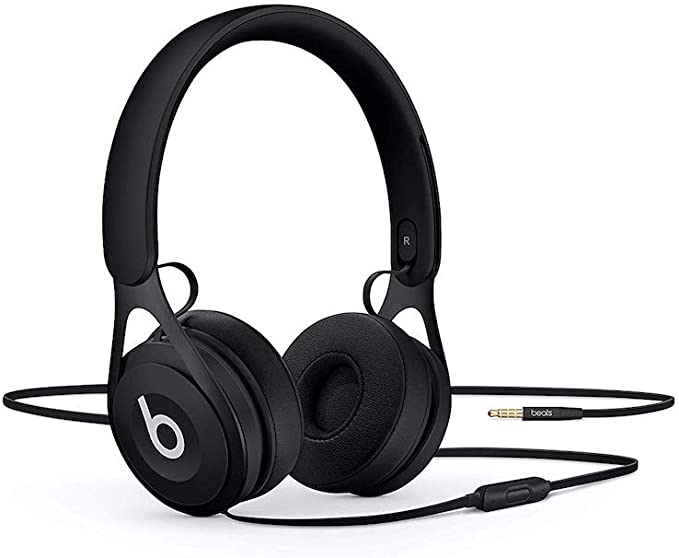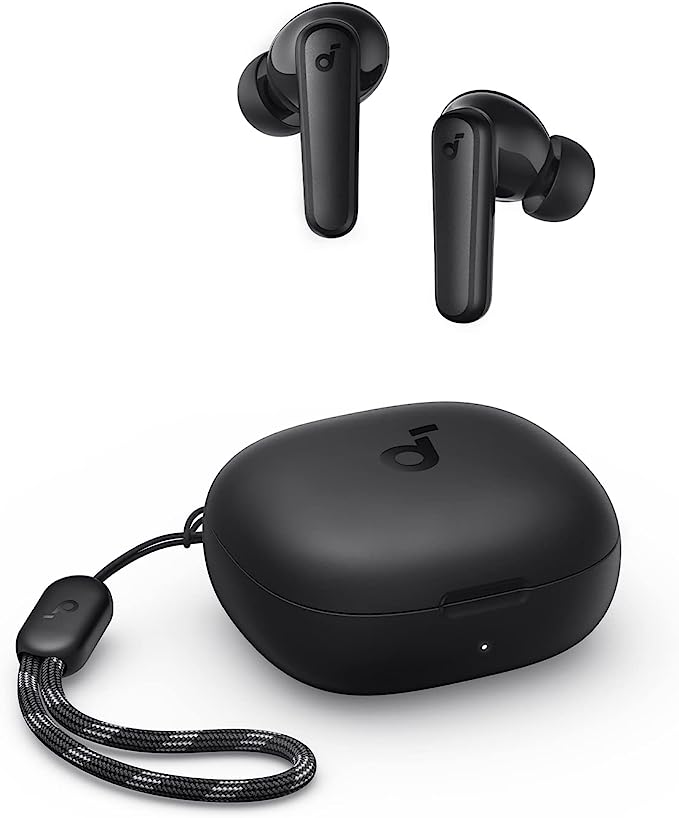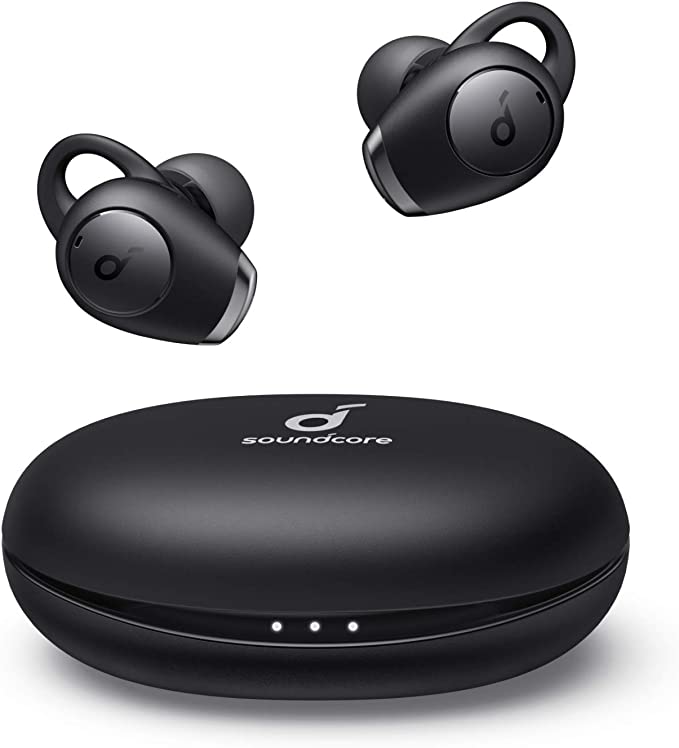JLab Epic Air True Wireless Earbuds: Long Battery Life for Your Active Lifestyle
Update on Feb. 14, 2025, 2:04 p.m.
The Wireless Revolution (and Its Frustrations)
Remember the tangled mess of wired earbuds? The constant snagging, the inevitable knot that seemed to defy the laws of physics? The promise of wireless audio was a siren song: freedom from the tyranny of cords. But the early days of true wireless earbuds were often fraught with their own set of frustrations. Short battery life meant your music would die at the least opportune moment. A loose fit led to earbuds popping out mid-stride, interrupting your workout and your flow. And the sound quality? Let’s just say it often left something to be desired.

A Glimpse into the Past: From Wires to Wireless Freedom
The journey to truly wireless audio was a gradual one. Early Bluetooth headsets, often bulky and uncomfortable, were primarily used for phone calls. The idea of listening to high-quality music wirelessly was still a relatively new concept. The first stereo Bluetooth headphones began to emerge in the early 2000s, paving the way for the smaller, in-ear designs we know today. The development of more efficient Bluetooth chips and improved battery technology were crucial steps in making true wireless earbuds a viable option. The transition was not merely about removing wires; it was about creating a seamless and reliable audio experience without sacrificing quality or convenience.

The Power to Play On: Decoding Extended Battery Life
One of the biggest breakthroughs in true wireless technology has been the dramatic increase in battery life. The JLab Epic Air boasts a combined 36 hours of playtime – 6 hours from the earbuds themselves and an additional 30 hours from the charging case. To understand how this is achieved, we need to delve into the world of lithium-ion batteries.
Lithium-ion batteries, the workhorses of most portable electronics, operate on the principle of intercalation. During discharge, lithium ions move from the negative electrode (typically graphite) to the positive electrode (a metal oxide) through an electrolyte. This movement of ions creates an electrical current that powers the device. When you recharge the battery, the process is reversed: lithium ions move back to the negative electrode.
The key to long battery life lies in several factors: the energy density of the battery (how much energy can be stored in a given volume), the efficiency of the Bluetooth chip and other components, and the power management software. The Epic Air’s engineers have clearly optimized these factors to deliver an impressive playtime that surpasses many competitors. While specific details about the battery chemistry are proprietary, the result speaks for itself: extended listening without the constant anxiety of running out of power. This is a significant leap from the early days of wireless earbuds, where a couple of hours of playback was considered standard.
Staying Secure: The Ergonomics of a Perfect Fit
A secure and comfortable fit is paramount for any pair of earbuds, but especially for those designed for active use. The Epic Air tackles this challenge with its distinctive earhook design. Unlike earbuds that rely solely on friction within the ear canal, the earhook provides an additional anchor point, wrapping around the outer ear for added stability.
This design is rooted in basic principles of ergonomics – the science of designing products to fit the human body. The earhook distributes the weight of the earbud more evenly, reducing pressure points and preventing the earbud from dislodging during movement. Think of it like a well-designed backpack: distributing the weight across your shoulders and back makes it more comfortable to carry, even when it’s heavy.
The Epic Air also includes a wide variety of ear tip options – eight different sets, to be precise. This is crucial because ear canals come in all shapes and sizes. A proper seal not only ensures a secure fit but also optimizes sound quality by blocking out external noise and creating a more immersive listening experience. Finding the right ear tip is like finding the right shoe size: it makes all the difference in terms of comfort and performance. A well-fitted earbud will sit snugly in your ear canal, creating a seal that prevents sound leakage and enhances bass response.
Built to Endure: Sweatproof Design and the Meaning of IP55
For those who lead an active lifestyle, sweat resistance is a non-negotiable feature. The Epic Air carries an IP55 rating, but what does that actually mean? IP stands for “Ingress Protection,” and the two digits that follow indicate the level of protection against solids (first digit) and liquids (second digit).
The first “5” in IP55 signifies that the earbuds are protected against dust ingress to a level that won’t interfere with their operation. It’s not completely dust-tight, but it’s enough to prevent dust from causing any harm. The second “5” indicates protection against low-pressure water jets from any direction. This means you can sweat profusely during a workout or get caught in a light rain shower without worrying about damaging your earbuds.
It’s important to note that IP55 does not mean the earbuds are waterproof. Submerging them in water is still a bad idea. But for the typical rigors of exercise and outdoor use, the IP55 rating provides ample protection. This level of protection is a testament to the thoughtful design and engineering that goes into creating earbuds built for an active lifestyle.

Sound Without Strings: Bluetooth 4.1 and Audio Quality
The Epic Air utilizes Bluetooth 4.1 to connect wirelessly to your device. While newer versions of Bluetooth exist (like 5.0 and 5.2), 4.1 still offers a reliable and energy-efficient connection for audio streaming. Bluetooth technology uses radio waves in the 2.4 GHz frequency band to transmit data between devices. The specific version of Bluetooth determines factors like range, data transfer speed, and power consumption.
Bluetooth 4.1, while not the newest, strikes a good balance between these factors. It provides a stable connection within a reasonable range (typically around 30 feet) and is efficient enough to contribute to the Epic Air’s long battery life. Newer Bluetooth versions offer advantages like increased range and faster data transfer, but these benefits are often less critical for audio streaming than they are for other applications, like data transfer between smartphones.
Beyond the Bluetooth connection, the Epic Air’s sound quality is driven by its 8mm dynamic drivers. A driver is the component within an earbud that converts electrical signals into sound waves. Dynamic drivers, the most common type, use a diaphragm attached to a voice coil. When an electrical current passes through the voice coil, it creates a magnetic field that interacts with a permanent magnet, causing the diaphragm to vibrate and produce sound.
The size of the driver (8mm in this case) generally correlates with its ability to move air, which in turn affects bass response. Larger drivers can typically produce deeper, more powerful bass. JLab also mentions their “C3 sound tuning,” although the specific technical details are not publicly available. However, we can infer that this involves some form of equalization or acoustic chamber design to optimize the frequency response and overall sound signature of the earbuds. This tuning likely aims to deliver a balanced sound profile with clear vocals, present mids, and a satisfying bass response, suitable for a variety of musical genres.

Beyond the Buds: The Charging Case and its dual function
The charging case provided with the Epic Air is more than just a convenient storage solution; it’s an integral part of the extended battery life system. As mentioned earlier, the case provides an additional 30 hours of playtime, effectively turning a 6-hour earbud battery life into a 36-hour total.
The case itself contains its own lithium-ion battery, and it works as a portable power bank for the earbuds. When you place the earbuds back into the case, they automatically begin to charge. Indicator lights on the case typically show the remaining charge level, so you know when it’s time to recharge the case itself.
Adding a layer of versatility, the Epic Air’s charging case can also be used to charge other devices, like your smartphone. This is a handy feature for emergencies or when you’re on the go and need a quick power boost. The case typically includes a USB port for connecting a charging cable to your other device. It works by basic circuit, transfering the power from the case’s battery to the external device.
Hear What Matters: “Be Aware” Audio
The Jlab Epic Air also provides “Be Aware” Audio. This mode allows external sounds to filter through, so runners, cyclists, and other active individuals can stay aware of their surroundings. It will enable the user to hear traffic noise, conversations, and other important sounds that might be missed while using traditional earbuds.

Conclusion: The Epic Air – A Blend of Science and Practicality
The JLab Epic Air True Wireless Earbuds represent a significant step forward in the evolution of wireless audio. They’re not just about cutting the cord; they’re about delivering a combination of long battery life, secure fit, sweat resistance, and quality sound in a package designed for the active individual. The earbuds are a testament to how far technology has come, blending sophisticated engineering principles with a user-centric design. They demonstrate that it’s possible to achieve both technical excellence and practical usability, offering a wireless audio experience that truly enhances, rather than hinders, an active lifestyle. It’s about finding that sweet spot where the science seamlessly serves the user’s needs, making the technology feel almost invisible.

